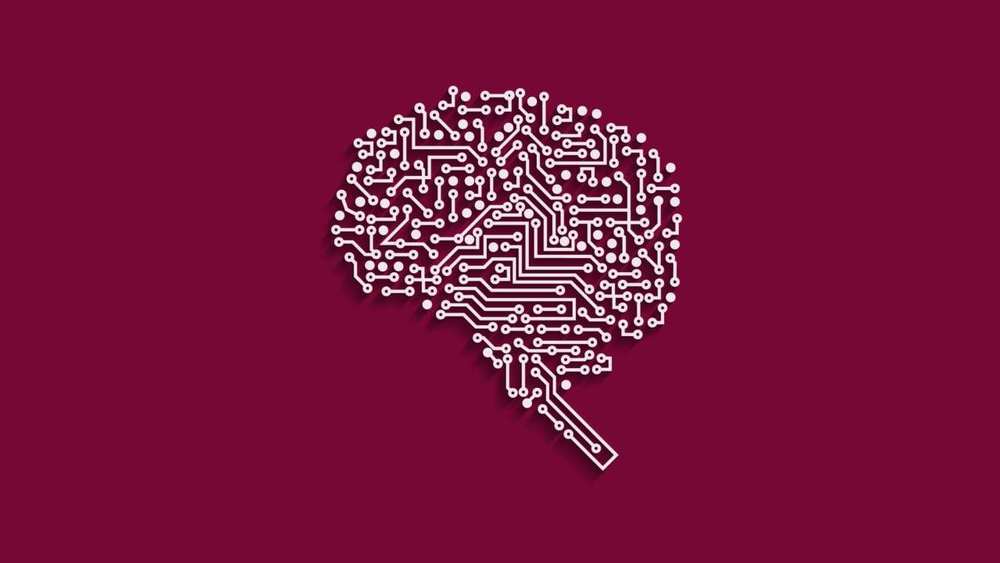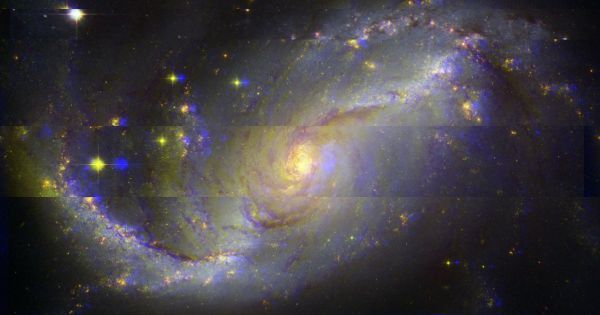Page 8145
Mar 2, 2019
5G can make digital humans look real and turn real people into holograms
Posted by Quinn Sena in categories: business, holograms, internet, mobile phones
Holograms. Emotive, life-like digital human beings. Washing machine repairs directed from miles away.
The rollout of 5G wireless networks that will continue throughout 2019 and beyond promises a slew of new smartphones that will hum along much faster than the models they’ll eventually replace. But while zippier handsets compatible with the next generation of wireless are surely welcome, 5G’s potential extends beyond them.
Verizon, and some of the entrepreneurial startups it is working with, recently demonstrated a few of the fresh consumer and business experiences made possible or enhanced by 5G, at its 5G Lab in New York City, one of five such labs around the country.
Mar 2, 2019
The Habitable Planet Finder Is a New Tool to Locate Earth-like Exoplanets
Posted by Genevieve Klien in categories: cosmology, futurism
Astronomers have a new tool to help them find habitable planets in our galaxy: the Habitable Planet Finder (HPF), a high-precision spectrograph. The HPF can be used to detect worlds which have some key qualities, like being a rocky planet orbiting an red dwarf. A red dwarf, also known as an M-dwarf, is a type of star that is relatively cool, small, and dim, and is somewhat similar to our Sun (which is classified as a white or yellow dwarf.) Red dwarfs are common in the Milky Way, like the nearby Barnard’s star, making them good hunting grounds for exoplanets.
“About 70 percent of the stars in our galaxy are M-dwarfs like Barnard’s star, but the near-infrared light they emit has made it difficult for astronomers to see their planets with ordinary optical telescopes,” Paul Robertson, assistant professor of physics and astronomy at the University of California, Irvine, said in a statement. “With the HPF, it’s now open season for exoplanet hunting on a greatly expanded selection of stellar targets.”
The HPF measures subtle changes in the color of light given off by stars, which can indicate the influence of an orbiting planet. In particular, it searches for planets with a low mass located within the “habitable zone” of their stars where surface water can exist. The spectrograph has already demonstrated its usefulness by confirming the existence of a super-Earth which is orbiting Barnard’s star during its commissioning, and should be able to detect many more planets similar in size to Earth in the future.
Continue reading “The Habitable Planet Finder Is a New Tool to Locate Earth-like Exoplanets” »
Mar 2, 2019
Science has figured out how to freeze the aging process
Posted by Genevieve Klien in categories: biotech/medical, life extension, science
Medical advances and living standards have extended the average human longevity from 48 years in 1955 to 71 years today, and the elderly are now the fastest growing segment of society. But while our life spans are improving, our health spans are not, writes science journalist Sue Armstrong in “Borrowed Time: The Science of How and Why We Age” (Bloomsbury), out now.
“Over the past 50 years, health care hasn’t slowed the aging process so much as it has slowed the dying process,” she writes, quoting gerontologist Eileen Crimmins.
Continue reading “Science has figured out how to freeze the aging process” »
Mar 2, 2019
James Hughes’ Problems of Transhumanism: A Review (Part 5) – Article
Posted by B.J. Murphy in category: transhumanism
This is Part 5 of a 5-part series by Chogwu Abdul, founder of the Transhumanist Enlightenment Café (TEC), where he explores the thought-provoking intricacies of James Hughes’ “Problems of Transhumanism.”
In this Final Part, he explores “Belief in Progress vs. Rational Uncertainty.”
Mar 2, 2019
9 Steps to Start Living Longer Today
Posted by Paul Battista in categories: computing, internet, life extension
An award-winning scientist, engineer, and millionaire several times over predicted that by 2029, humans could start living forever.
That’s right. Immortality is almost here.
This ‘futurist’ has been frightening the masses with his predictions for years.
Mar 2, 2019
We are happy to announce Dr. Nikolay Zak as a speaker for the 2019 Undoing Aging Conference
Posted by Michael Greve in category: life extension
“As I know well from my experience with the Methuselah Mouse Prizes a decade or more ago, the public’s fascination with world records is a valuable tool in the essential task of raising general interest in an otherwise seemingly dry scientific field. This is particularly exemplified by the fame of Jeanne Calment, who has been authoritatively validated to have died in 1997 at an age three years older than any other validated case. However, Zak’s just-published investigations have cast considerable doubt on Calment’s actual age at death, and lend credibility to the possibility of an identity switch with her daughter. He will provide the latest updates on this rapidly-evolving and immensely controversial research.”, says Aubrey de Grey.
https://www.undoing-aging.org/news/dr-nikolay-zak-to-speak-at-undoing-aging-2019
Mar 2, 2019
Scientists create an artificial brain that stores memories in silver, lives forever
Posted by Marcos Than Esponda in categories: biotech/medical, robotics/AI
The synthetic brain has similar characteristics to a real one in functional MRI & EEG scans.
Mar 2, 2019
A new artificial synapse is faster and more efficient than ones in your brain
Posted by Paul Battista in categories: futurism, robotics/AI
Biologically inspired circuitry could help build future low-power AI chips—if some obstacles are overcome.
The news: Researchers at the US National Institute of Standards and Technology built a new magnetically controlled electronic synapse, an artificial equivalent of the ones that link neurons. They fire millions of times faster than the ones in your brain, while using 1,000th as much energy (which is also less than any other artificial synapse to date).
Why it matters: Synthetic synapses, which gather multiple signals and fire electronic pulses at a threshold, may be an alternative to transistors in regular processors. They can be assembled to create so-called neuromorphic chips that work more like a brain. Such devices can run artificial neural networks, which underpin modern AI, more efficiently than regular chips. This new synapse could make them even more energy-efficient.
Continue reading “A new artificial synapse is faster and more efficient than ones in your brain” »
Mar 2, 2019
New Theory: “Mirror Image” of Our Universe Existed Before Big Bang
Posted by Michael Lance in categories: cosmology, physics
A bizarre theory could explain dark matter.
Mirror Image
The Big Bang didn’t just result in our familiar universe, according to a mind-bending new theory — it also generated a second “anti-universe” that extended backwards in time, like a mirror image of our own.
Continue reading “New Theory: ‘Mirror Image’ of Our Universe Existed Before Big Bang” »


















